Headphone Amps and Preamps are terms that often get grouped together and can seem confusing to musicians and recording engineers. In reality, these devices both perform useful and individual functions.
Headphone amp vs. preamp – what’s the difference?
Preamps are used for three main purposes: selecting a sound source, controlling the dynamics, and adding gain. On the other hand, a headphone amp is specifically designed to power headphones. They are essentially volume controls.
These are the main differences between the two, but when we inspect more closely, it becomes apparent that headphone amps and preamps vary in many other ways.
Their power requirements, compatibility, and the effect they have on tone coloration are some of the distinct differences. After reading this comprehensive guide, you’ll know exactly what purposes both devices are best suited to and how they vary from each other.
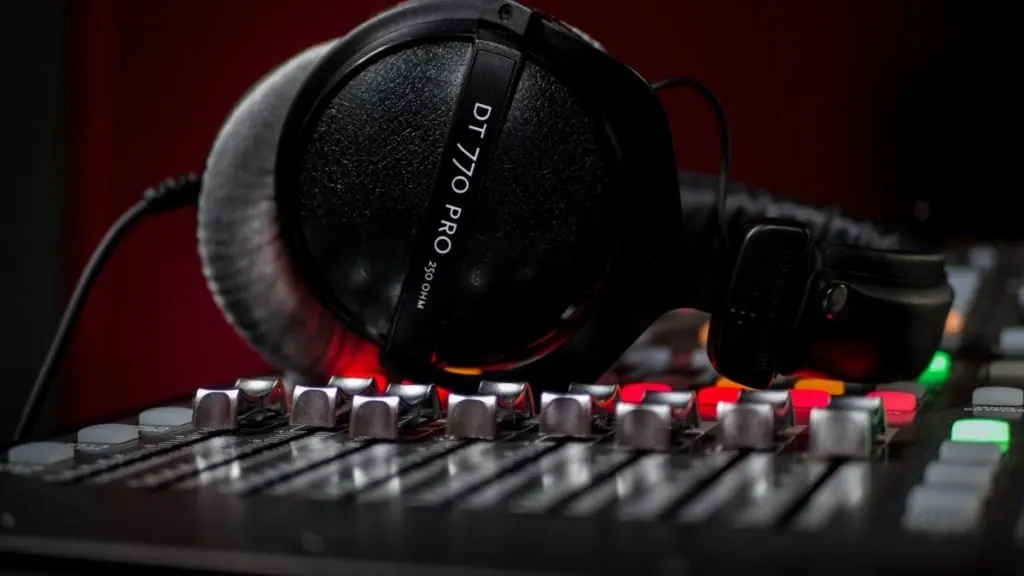
The Main Differences Between Headphone Amps & Preamps
To understand the difference between headphone amps and preamps, we first must consider their purposes. Headphone amps are used specifically to boost the signal of a sound source to make it ideally suited to being played back through a pair of headphones.
Preamps are more complex. Preamps are primarily used for selecting a certain sound source using onboard controls and boosting the signal of the sound significantly so that it is compatible with a power amp or mixing controller. Preamps also offer multiple adjustable parameters for tweaking the characteristics of the sound.
Speaking from a technical standpoint, preamps and headphone amps differ greatly in terms of their power requirements and the load they are capable of driving.
Normally, preamp outputs are required to drive a much higher impedance load than headphone amps, because they are used with more powerful devices like monitors, mixing desks, and interfaces.
The table below shows an example of the differences in power requirements between the headphone amps and preamps.
| Headphone Amp | Preamp |
| · 30-50 Ohms drive load | · 10k-47k Ohms drive load |
| · A voltage level of 0.5 – 4V RMS | · A voltage level of around 1V RMS |
| · Requires strong output stage | · Relatively easy electric load |
| · Solely for volume control | · Includes volume & gain controls |
As you can see from this table, there are significant differences in the ways that headphone amps and preamps operate.
This is mainly due to the devices that preamps are commonly used with, which require certain impedance strength. The electronic requirements of headphones amps may vary depending on the type of headphone they are used with, but these numbers are accurate in the majority of cases.
Both of these devices are essentially used to control volume levels. When a musician is recording using headphones, it’s highly important that the levels are set to the optimal level depending on their preferences. It’s common that headphone amps allow the musician to tweak the dynamics of their instrument or the backing track.
Preamps go one step further and allow you to actually select from multiple sound sources.
Each sound source can then be adjusted using the volume controls, and some preamps also provide the possibility to add gain. By doing so, they can alter the coloration of the instrument or other sound sources to suit their preferences.
I have written an article that discusses expensive headphones and whether they are worth the money. You can read it here.
What Is A Headphone Amp Used For?
In the following section, we will take a closer look at headphone amps, and their purposes.
A headphone amp works in combination with a DAC (digital audio converter). These devices are responsible for converting the signal produced by a sound source into analog so that it can be received by the headphones. Here is a prime example of a reliable headphone amp.
An example of this would be if you were to plug some headphones directly into your phone or computer then play an audio file, the signal would be sent digitally, in the form of zeros and ones. A DAC then converts this into an analog format that the headphones are able to play.
So where do headphone amps come into the equation?
Well, on its own, a DAC doesn’t sufficiently boost the output signal so that it can be received by the headphones. It needs an extra boost, which is provided by a headphone amp.
At this point, it’s easy to see why people commonly confuse headphone amps with preamps, as the headphone amp does technically amplify the signal prior to it being sent to the output device.
Check out my article on headphone preamps here
Combining Headphone Amps and DACs
The main difference between a preamp and a headphone amp becomes apparent when we consider the sound card of a computer or laptop. In the majority of cases, sound cards combine the headphone amp with the DAC, which is why you can plug straight in and hear the audio file instantaneously.
Pretty much all computers produced today will have a combination of headphone amps and DACs onboard. They may facilitate headphone ports or dedicated outputs especially for speakers, but regardless of the medium you listen to the audio through, a headphone amp and DAW are almost certainly going to be used.
In some cases, it may be necessary to use external, standalone DACs. However, this alone would not provide enough amplification to the signal for it to be played through headphones, so a headphone amp would be required too.
A great sound card to get started with is the Focusrite Scarlett Solo.
Check out this popular audio interface here on Amazon.
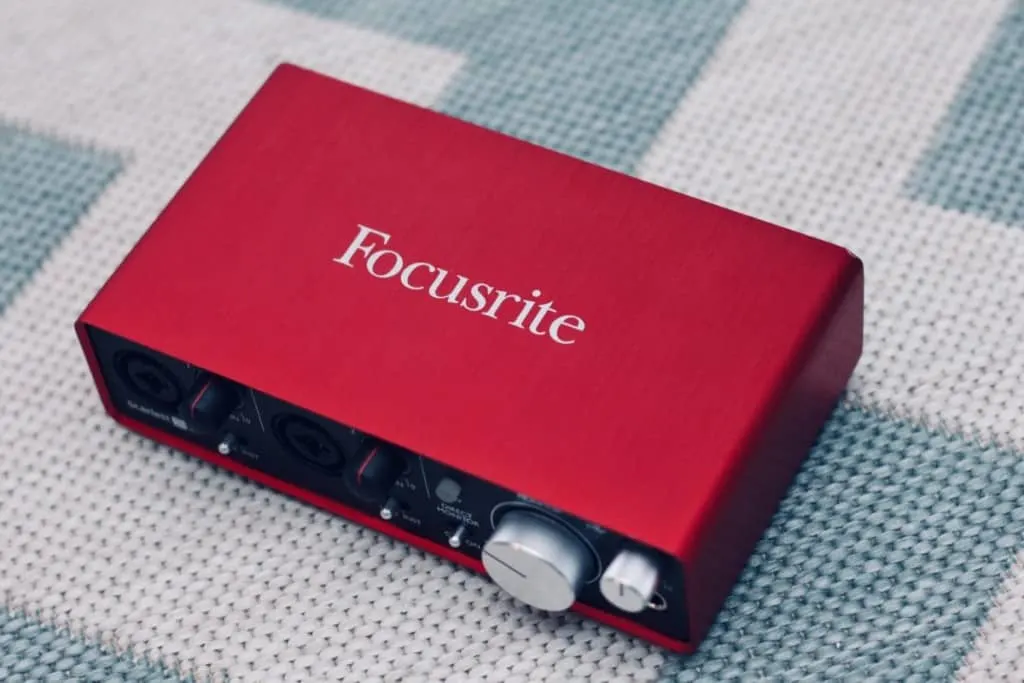
What Is A Preamp Used For?
We’ve established the purpose of a headphone amp, so now it’s time to compare it to that of a preamp. This video explains the basics of a preamp very well.
Preamps play a pivotal role in any live audio or recording setting.
- These devices basically shape the sonic characteristics of a particular signal, boost it, refine it, and give it definition before the signal being amplified and output through speakers, monitors, or any other audio equipment.
Sounds pretty simple, doesn’t it? In reality, preamps are quite complex devices. Not only do they perform the function of preparing the audio to be projected through an output, but they also offer parameters that can be used to adjust the tonal and dynamic characteristics of the sounds.
That brings us to our next point of discussion. If all preamps perform the same basic function of boosting the signal to prepare it for speakers or monitors, is there any difference between the multitudes of preamps available on the market?
The answer to this question is yes. Although it’s true that a preamps role remains the same no matter which one you choose, where there is a great deal of variation is in the color that they add to the audio.
When I use the term color, I am referring to the effect a preamp has on the timbre and tonality of the audio signal that they are boosting. In the same way that a guitar effects pedal adds color to the clean guitar signal, preamps are also used to add color to the dry audio signal.
This is a good example of a preamp that adds natural color to the signal.
This is where the main difference between preamps and headphone amps becomes apparent. Headphone amps will sometimes offer a volume control, but they don’t add any color to the original audio. They are purely used to boost the signal and interact with the DAC to make it audible in the headphones, whereas preamps, as we have discussed, are capable of not only altering the dynamics but also the overall sound.
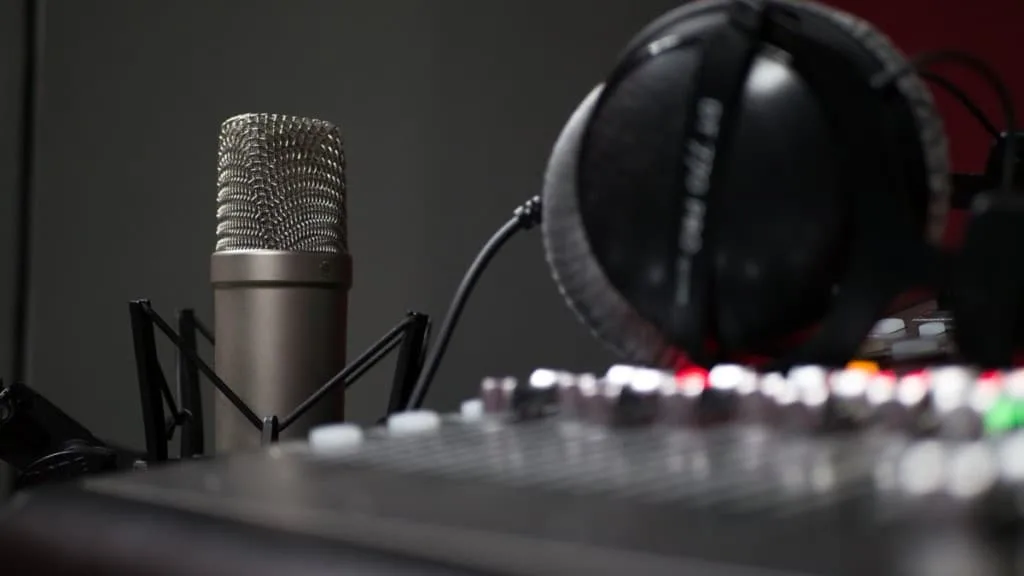
I have written an article on preamps and integrated amps. You can find it here.
Headphone Amp Specifications
In contrast to preamps, headphone amps are rated by the amount of output voltage they are capable of producing. Preamps, on the other hand, are rated based on their power, by converting watts into 8Ohms. This is partly for convenience, and also due to headphone amps not being as dependant on the impedance of the actual headphones, whilst preamps are dependent on the impedance of the speaker, monitors, or a mixing console.
Another notable difference between the two is that headphone amps have a maximum limit of current that they can produce. This is the attribute that indicates how much power headphone amps can deliver directly to the low impedance load, for example around 50Ohms or less.
Headphone amps are often limited by the maximum current that they are capable of exerting before distortion occurs. Distortion is commonly used with headphone amps that are pushed past their dynamic limits. It causes the audio to saturate and sound unpleasant to the ear.
It’s important to note that too much amplification when using headphones can lead to hearing damage. This is more apparent than with preamps because headphones are closer to the ear and the volume is less intense because you don’t physically feel the vibrations of the audio as you would with a powerful PA system or set of studio monitors.
The Different Types Of Preamps
Another clear difference between headphone amps and preamps is that there are many varieties of preamps that produce differing results.
Headphone amps pretty much all perform the same function, and the only contrast from model to model is their ability and the quality of amplification they are capable of producing.
Preamps come in a variety of forms. The most common are:
- Transparent Preamps
- Preamps that add color
- Tube preamps
- Digital preamps
- Solid-state preamps
- Preamps for specific instruments
Unlike headphone amps, preamps can be specifically tailored to suit a purpose. This explains why recording studios often have multiple preamp devices. Each one is used for a particular sound, instrument or to attain a certain result.
Although preamps are versatile, choosing one that is well-suited to the sound source, output, or recording purpose will undoubtedly produce the best results. In the following section, I will discuss the specifics behind each type of preamp and explain exactly why they are well suited to that particular purpose.
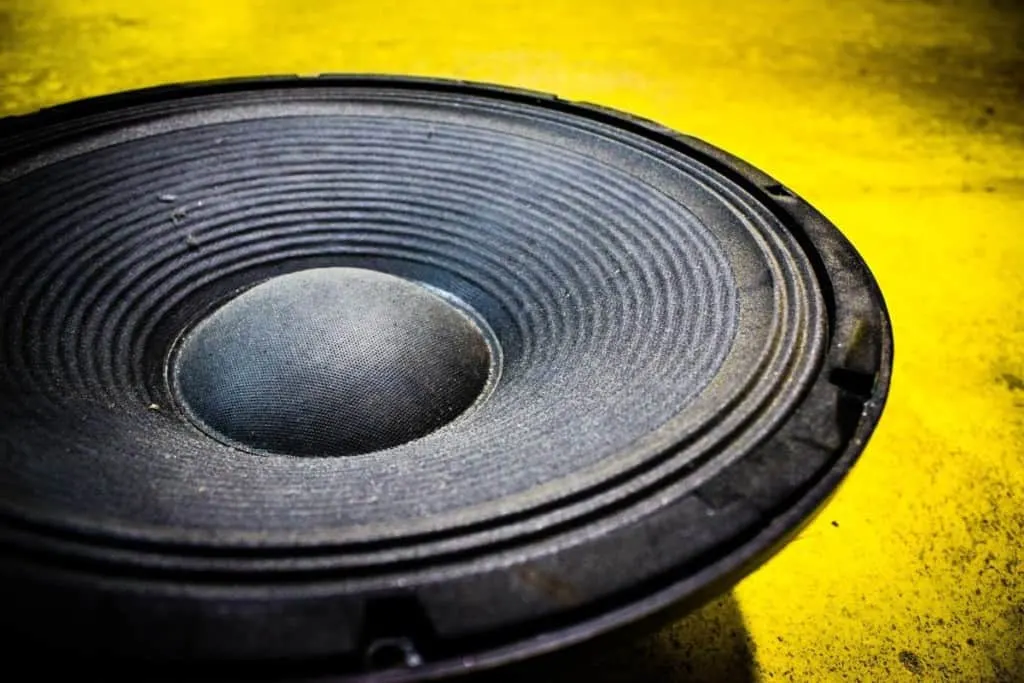
Transparent Preamps
Audio purists are likely to favor transparent preamps over those which add color to the dry signal. These preamps reproduce the sound of the instrument, song, audio file, or vocal as close to the original as possible.
The advantage of this is that it allows for more room for processing retrospectively. The cleaner the output from the preamp, the more impact subsequent effects will have on its tone.
In genres of music such as jazz, classical, or blues, the engineer is likely to use a transparent preamp because they want to preserve the intimate human elements of the performance without adding gain or tonal alteration.
It’s worth noting that no matter how transparent a preamp claims to be, any electronic signal path will always cause alteration to the original audio to occur on some level.
Once the audio is played through a speaker or headphones, it has already been affected, so there is no way to reproduce it completely “purely” other than experiencing it live with your own ears.
Preamps That Add Color
As I previously stated, one of the main differences between headphone amps and preamps is that preamps are capable of changing the tone of an audio source. They do this by affecting the frequency response.
Preamps that add color are useful for the following purposes:
- Improving audio that sounds flat or thin
- Tailoring the audio to suit specific speakers or monitors
- Adding bass/mids/highs to audio
- Enhancing transients within the audio
Unlike preamps, headphone amps don’t change the timbre or tonal aspects of the audio source in a noticeable way.
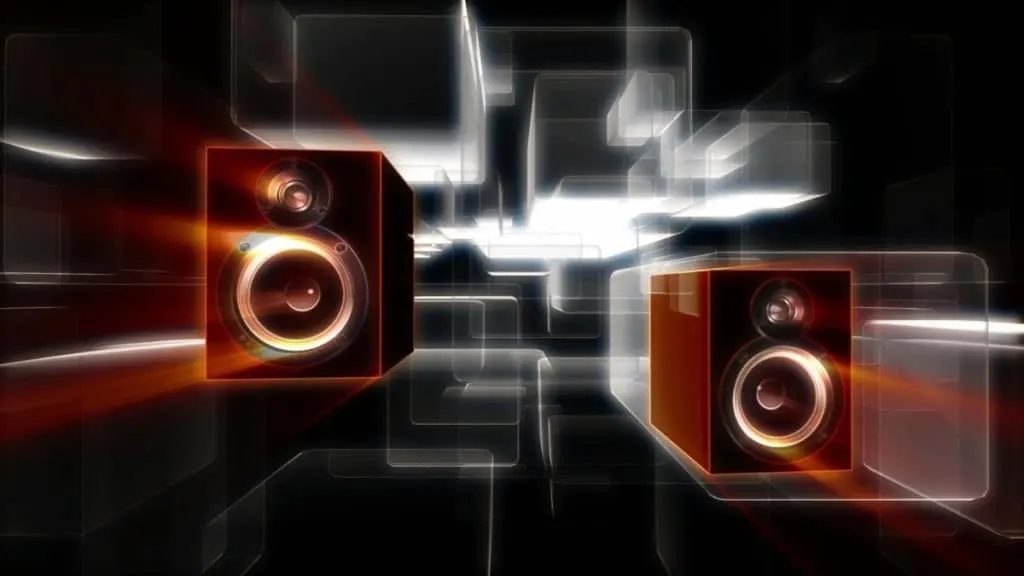
Tube Preamps
Headphone amps never use tubes, but preamps commonly do. These types of preamps are sometimes referred to as vacuum tubes or valve preamps. Much like their purpose in guitar amplifiers, tubes are used to produce gain to the audio signal.
Tube preamps create a distinctly warm tone, caused by the mild levels of distortion that they produce. As the level of the signal increases, the tube begins to overdrive, therefore causing saturation. This adds warmth to the audio signal, making it sound authentic and vintage-like.
Tube preamps also affect the harmonics of the audio source.
On the one hand, we have headphone amps that aim to limit distortion and simply amplify the signal without affecting the harmonics of the audio. Contrastingly, some preamps actually aim to have an effect on the transient response of the speaker, monitors, or other output devices they are connected to.
A tube preamp creates what is known as even-order harmonics. This means that they produce harmonics that fall into the ideal interval, which reinforces the fundamental tone. This is similar to the common effect of double-tracking, which is used to thicken vocal tracks or iron out pitch inconsistencies.
Digital Preamps
Digital preamps are another popular variety of these useful devices. These are similar in nature to headphone amps but work in the opposite way. They convert the audio signal and make it suitable to be played back by a DAW, interface, or speakers.
Digital preamps are very similar to interfaces too. Digital preamps work by converting an analog signal back into digital so that it can be processed by recording software. Digital preamps are rarely used to boost the signal to send it to a power amp or set of monitors.
Solid-State Preamps
As a result of the advancements in music technology, solid-state preamps are now capable of producing gain without the distortion that comes with digital preamps.
This is a hugely important ability for recording music, as it allows for more gain to be added to the audio signal while the output remains consistent and doesn’t become overly saturated.
Solid-state preamps are used in some of the most prestigious recording studios around the world. Revered for their pristine audio quality and overall warm tone, they are used to record everything from drums, to guitars, to bass, to keyboards and vocals.
The Different Types of Preamps Summarized
Clearly, the main difference between headphone amps and preamps is that the former is generally used for a singular purpose – to boost an audio signal, convert it from digital to analog and make it audible in headphones.
Preamps, on the other hand, can be used for multiple purposes. The table below summarizes the different types of preamps and what they are used for:
| Preamp Type | Main Use |
| Transparent | · Accurately reproducing audio |
| Color | · Slightly changes the tonality |
| Tube | · Adds gain & warm saturation |
| Digital | · Converts analog to digital |
| Solid State | · Adds gain without distortion |
| Instrument-specific | · Suited to guitar, bass, keys, etc. |
Related Questions
Can you use a headphone amp as a preamp?
In some cases, it may be possible to use a headphone amp as a preamp. To do so, the headphone amp would have to be capable of driving down to around 16 Ohms, or preferably even lower.
Should you use a headphone amp with in-ear monitors?
In-ear monitoring systems have built-in headphone amps and DACs, so there is no need to use a separate one. The inbuilt headphone amp boosts the signal so that it can be heard through the in-ear monitors.
What is the difference between a preamp and a volume controller?
Preamps and volume controllers perform a very similar function, but volume controllers are less versatile. They simply adjust the dynamics of an audio source, while preamps amplify the signal and affect its tone.
I hope this article answers the question “What’s the difference between a headphone amp and a preamp” and helps you along your musical journey.
